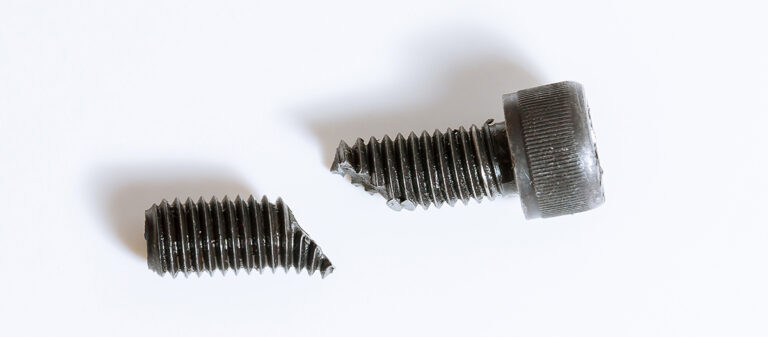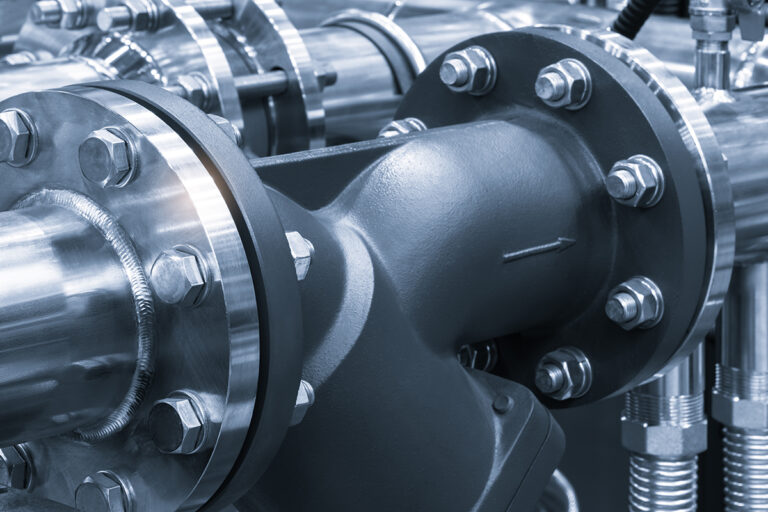410 Martensitic Stainless Steel is a popular material known for its impressive hardness and strength. However, its lower corrosion resistance compared to other stainless steels makes it unsuitable for certain environments, particularly those classified under AS4312 Category T and Category C3 or higher. In this blog, we will explore why 410 martensitic stainless steel exhibits low corrosion resistance and why it is not recommended for use in these specific categories.
What is 410 Martensitic Stainless Steel?
410 stainless steel is part of the martensitic family of stainless steels. It is composed primarily of iron and chromium, with small amounts of carbon, manganese, silicon, phosphorus, sulphur, and nickel.
Characteristics of 410 Martensitic Stainless Steel
High Strength and Hardness: 410 stainless steel can be heat treated to achieve high levels of hardness and strength. Making it ideal for application requiring wear resistance.
Moderate Corrosion Resistance: While it does offer some corrosion resistance, it is significantly less than that of austenitic or duplex stainless steels.
Magnetic Properties: As a martensitic steel, 410 is magnetic, unlike most austenitic stainless steels.
Why Does 410 Martensitic Stainless Steel Have Low Corrosion Resistance?
The lower corrosion resistance of 410 stainless steel is primarily due to its chemical composition and microstructure:
Chromium Content: Chromium is the element responsible for forming a passive oxide layer on the surface of stainless steels, which protects against corrosion. 410 stainless steel contains a lower percentage of chromium (approx. 11.5 – 13.5%) compared to austenitic stainless steels like 304 (approx. 18 – 20%) or 316 (approx. 16 – 18%). This lower chromium content results in a thinner and less protective oxide layer.
Carbon Content: The relatively higher carbon content (approx. 0.08 – 0.15%) in 410 stainless steel contributes to its hardness but also makes it more susceptible to corrosion, especially in environments where chlorides are present. Carbon can form chromium carbides, which deplete the amount of free chromium available to form the protective oxide layer.
Martensitic Structure: The martensitic microstructure, which provides high strength and hardness, is inherently less resistant to corrosion compared to the austenitic structure due to the presence of carbides and lower chromium content.
AS4312 Category T and Category C3 or Higher Environments
The AS4312 standard classifies environments based on their corrosivity, ranging from Category C1 (very low) to Category CX (extreme). The key categories of interest are:
Category T: Coastal or offshore areas with high salinity.
Category C3: Urban and industrial atmospheres with moderate sulphur dioxide pollution or coastal areas with low salinity.
410 martensitic stainless steel is not recommended for use in these environments for several reasons:
1. Exposure to Chlorides: Coastal and offshore environments (Category T) expose materials to high levels of chlorides from saltwater, which can aggressively attack the passive layer of 410 stainless steel, leading to pitting and crevice corrosion.
2. Pollutants and Sulphur Compounds: Urban and industrial environments (Category C3) may have pollutants like sulphur dioxide, which can react with the surface of 410 stainless steel, exacerbating corrosion.
3. Humidity and Moisture: Both categories typically involve higher levels of humidity and moisture, which can penetrate the oxide layer of 410 stainless steel, initiating corrosion processes.
Alternatives to 410 Martensitic Stainless Steel
Consider materials with higher corrosion resistance for applications in AS4312 Category T and Category C3 or higher environments. Some alternatives include:
304 Stainless Steel: With higher chromium and nickel content, 304 offers better general corrosion resistance.
316 Stainless Steel: Contains molybdenum in addition to higher chromium and nickel, providing superior resistance to pitting and crevice corrosion.
Duplex Stainless Steels: Combine the benefits of both austenitic and ferritic structures, offering excellent strength and high corrosion resistance.
Conclusion
While 410 martensitic stainless steel excels in applications requiring high strength and hardness, its lower corrosion resistance limits its suitability in highly corrosive environments such as those classified under AS4312 Category T and Category C3 or higher. For such conditions, materials with superior corrosion resistance, such as 304, 316, or duplex stainless steels, are more appropriate choices to ensure longevity and durability. Understanding these limitations is crucial for making informed decisions in material selection. Ensuring the success and safety of engineering projects.
Our team of experts are ready to assist you in choosing the most suitable security screws for your specific requirements.
Contact us today on 1800 776 565.
Secure Your Assets with Sentinel Group Security Screws.
Choose Sentinel Group Security & Customised Fastening Solutions.




